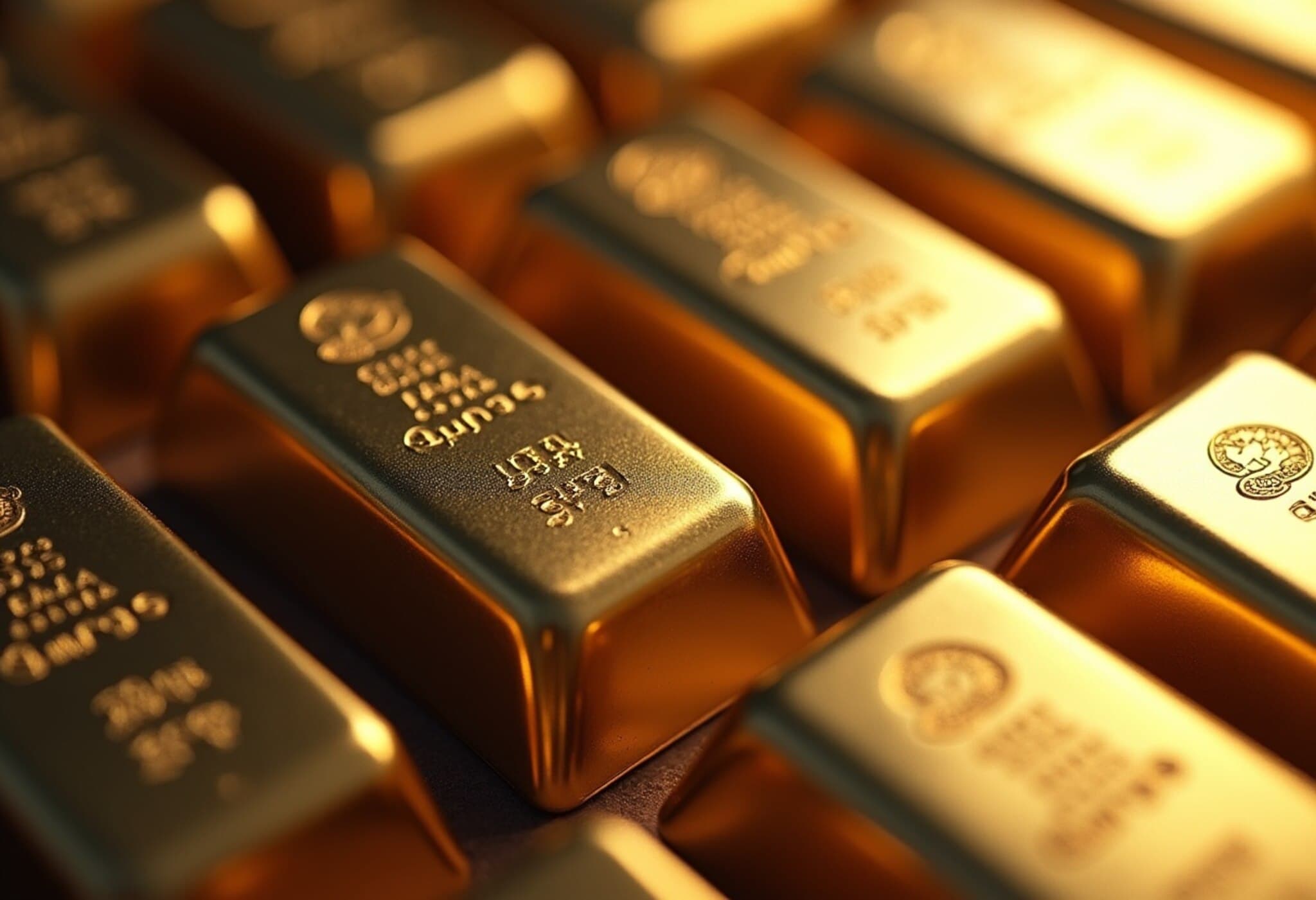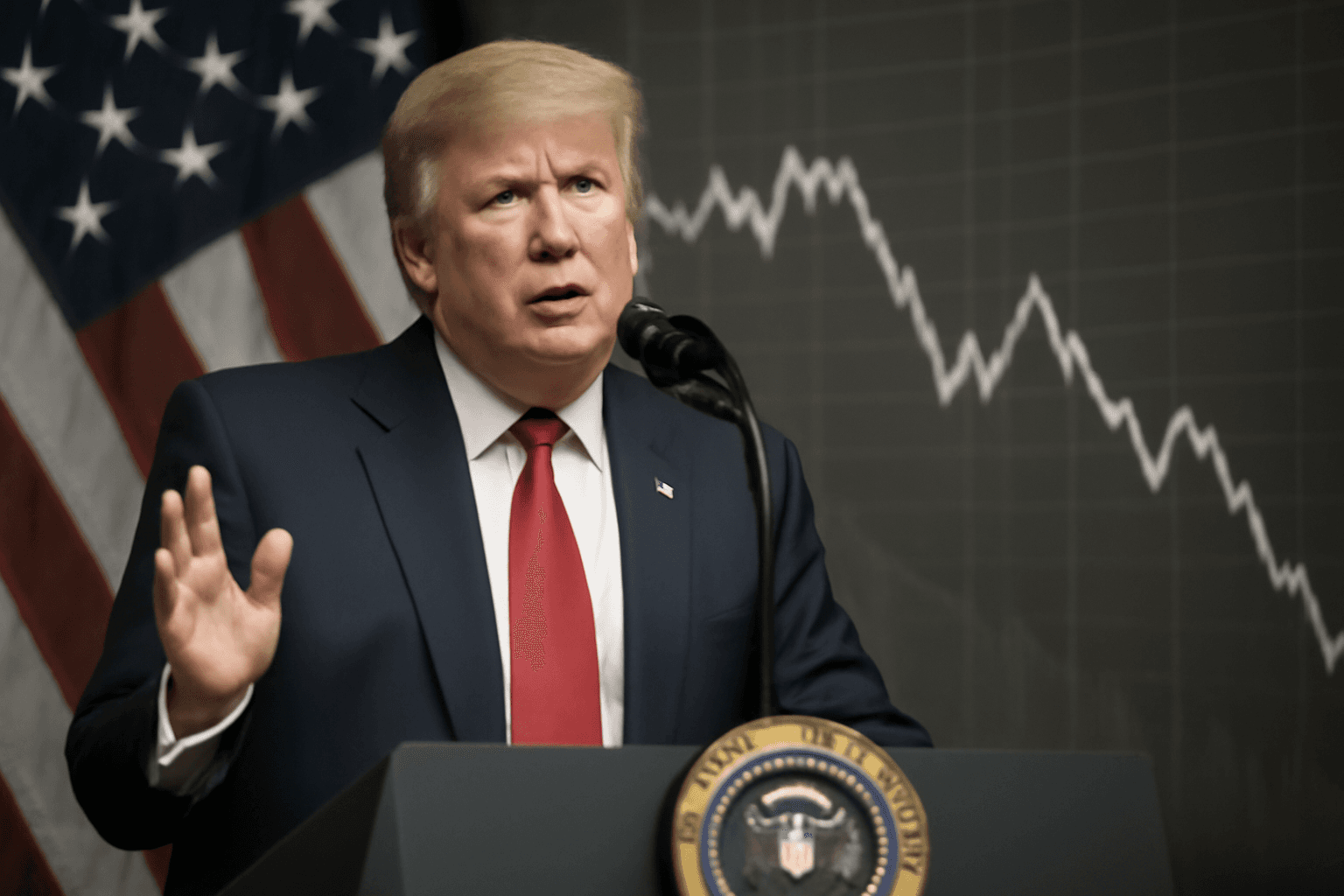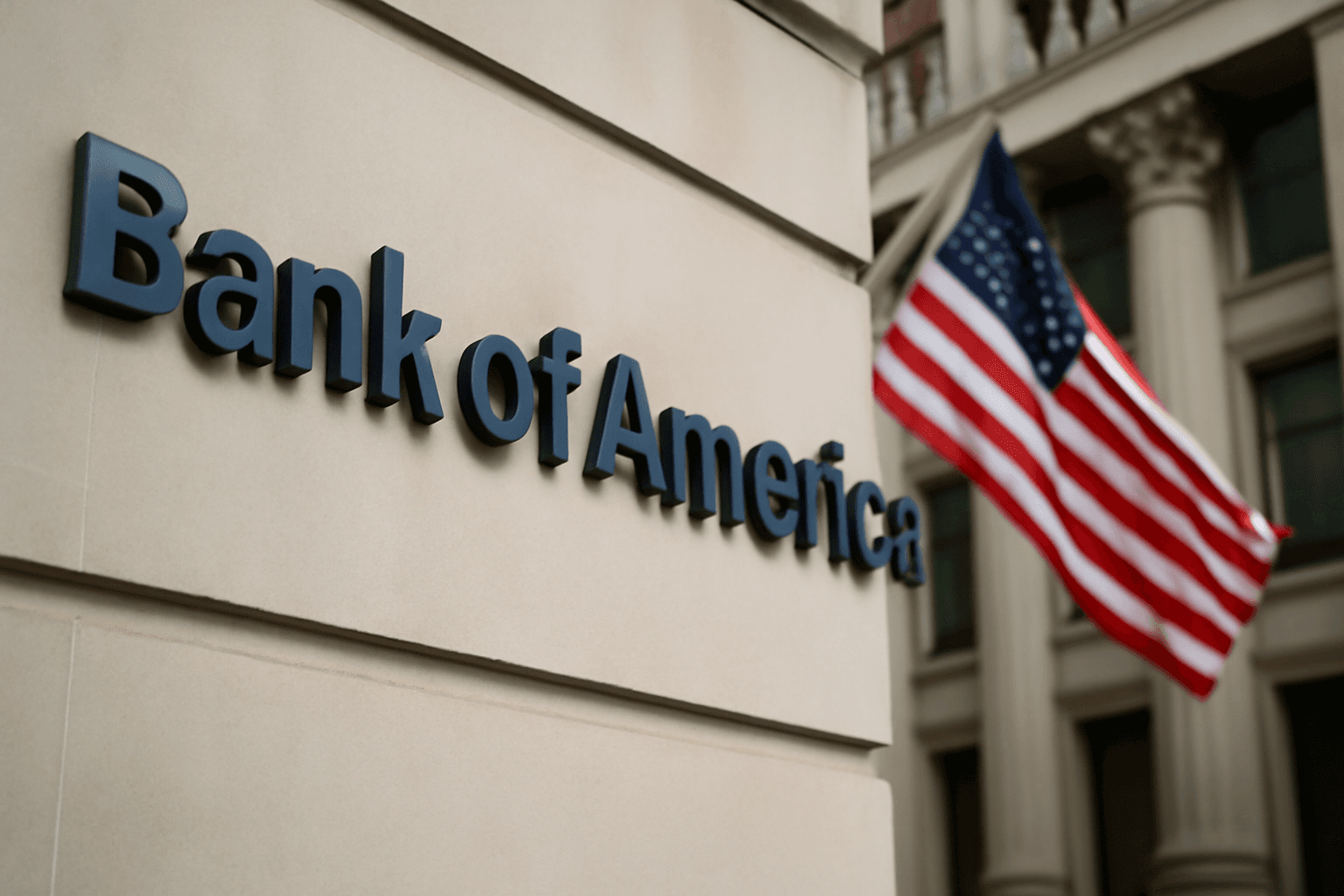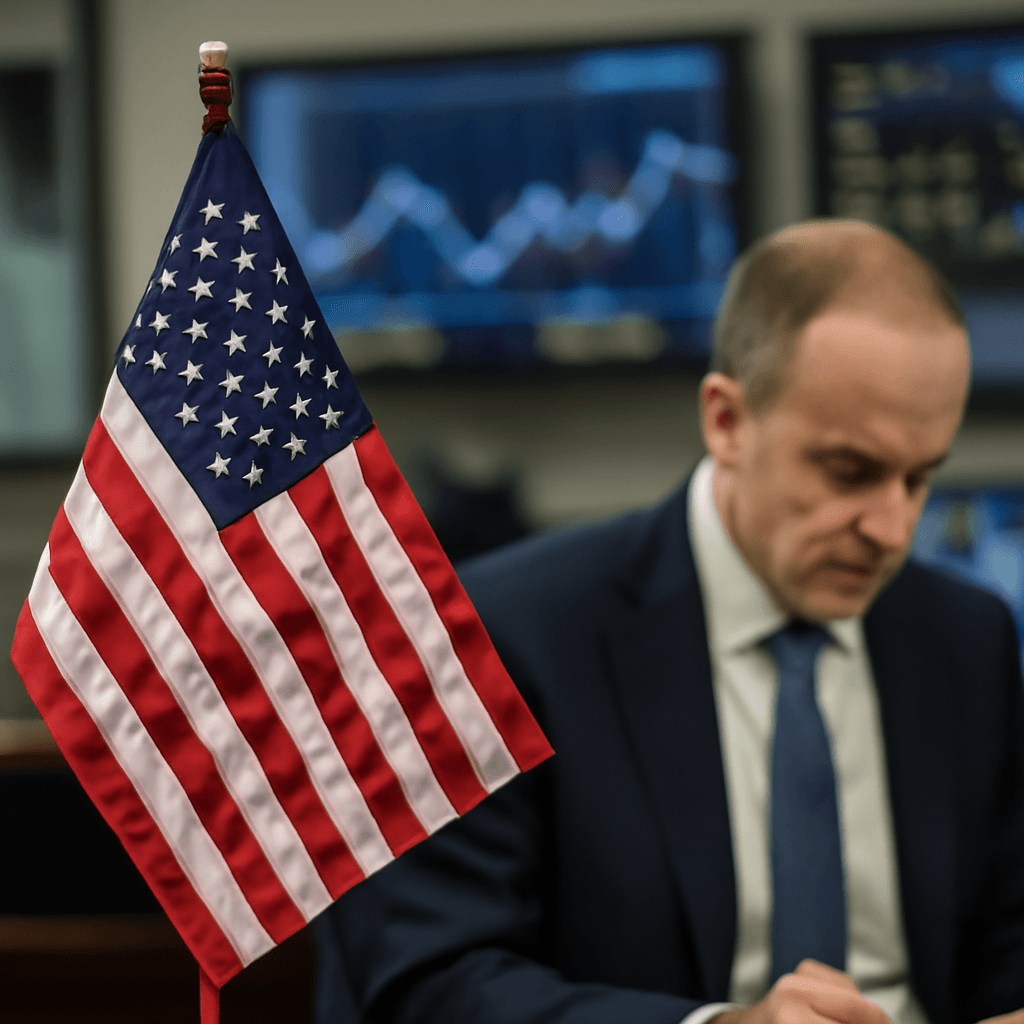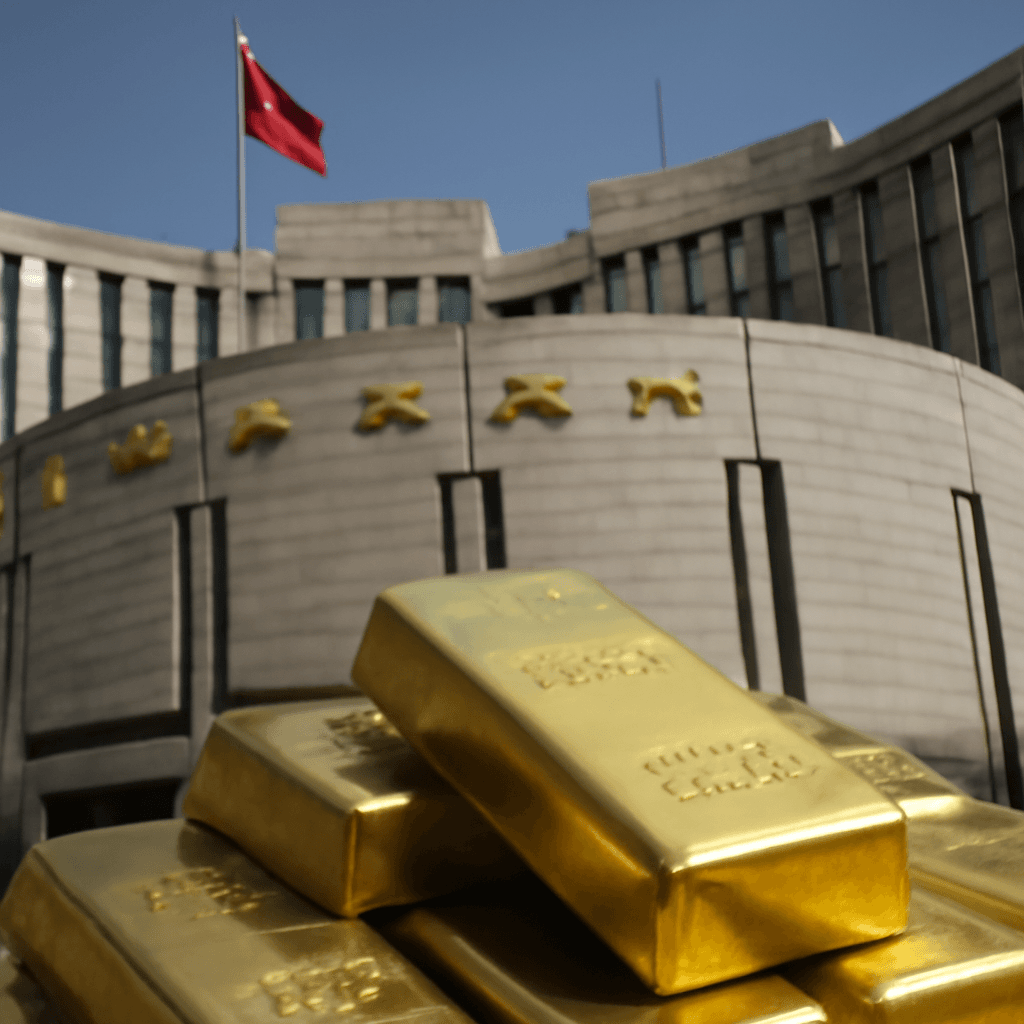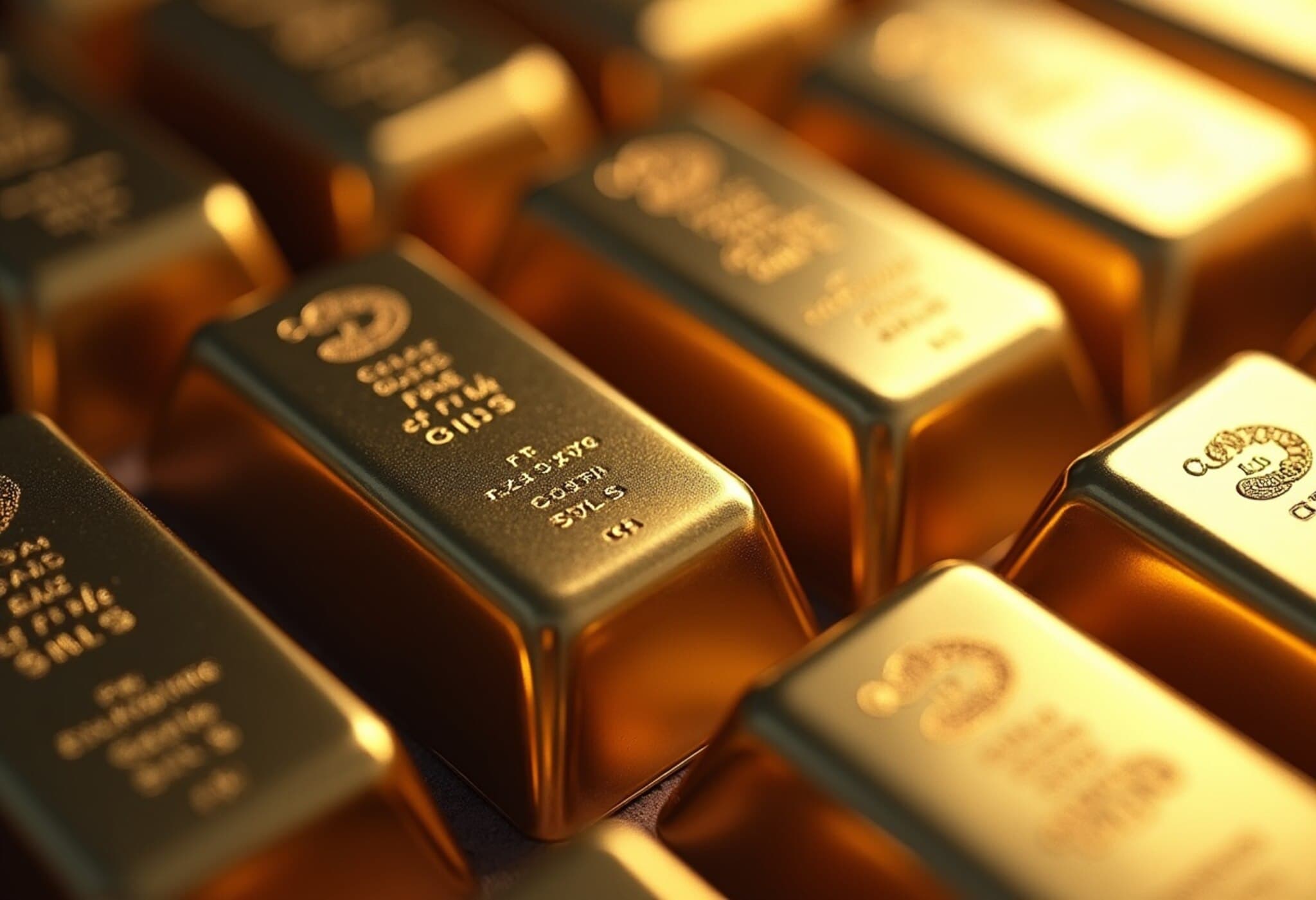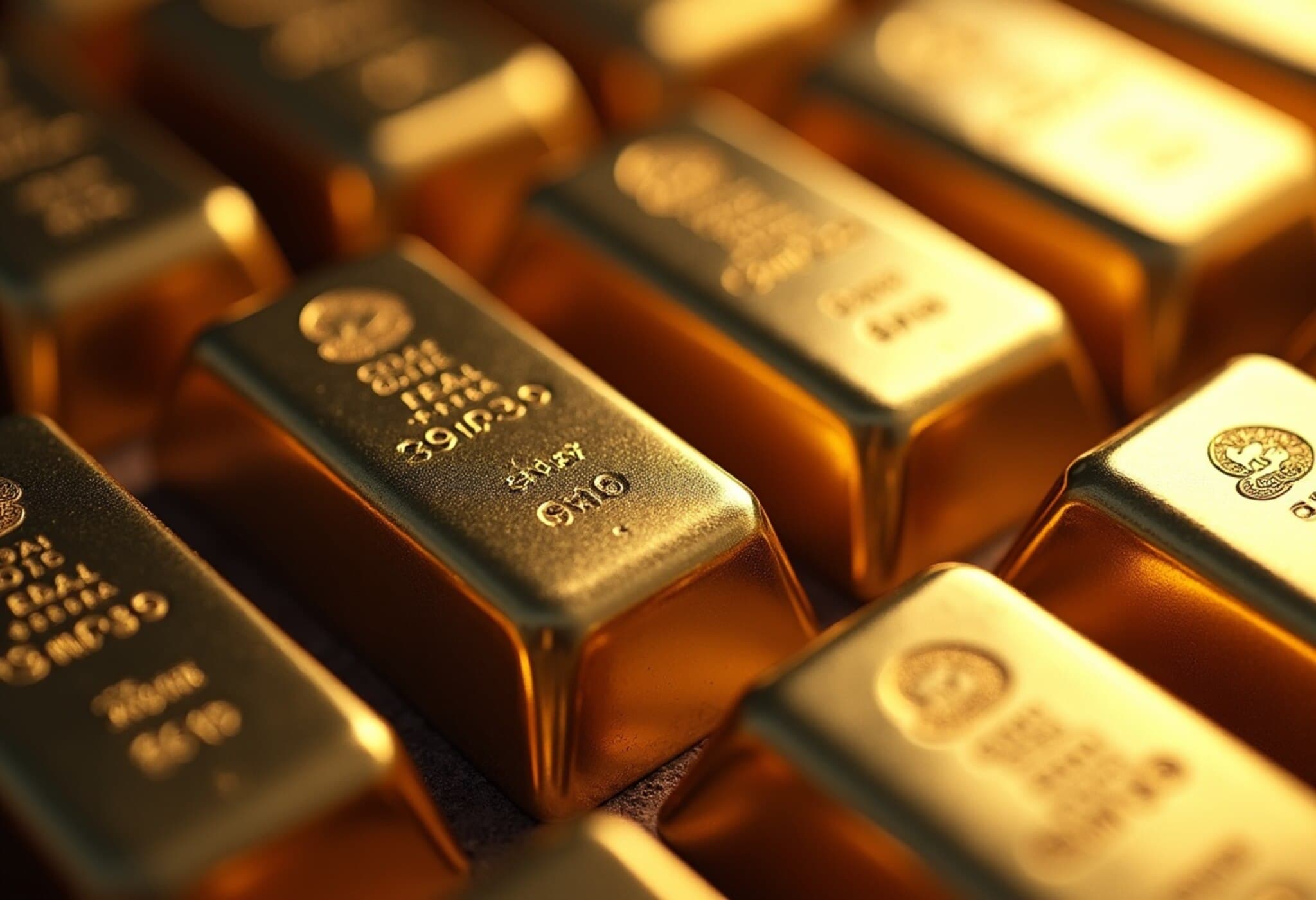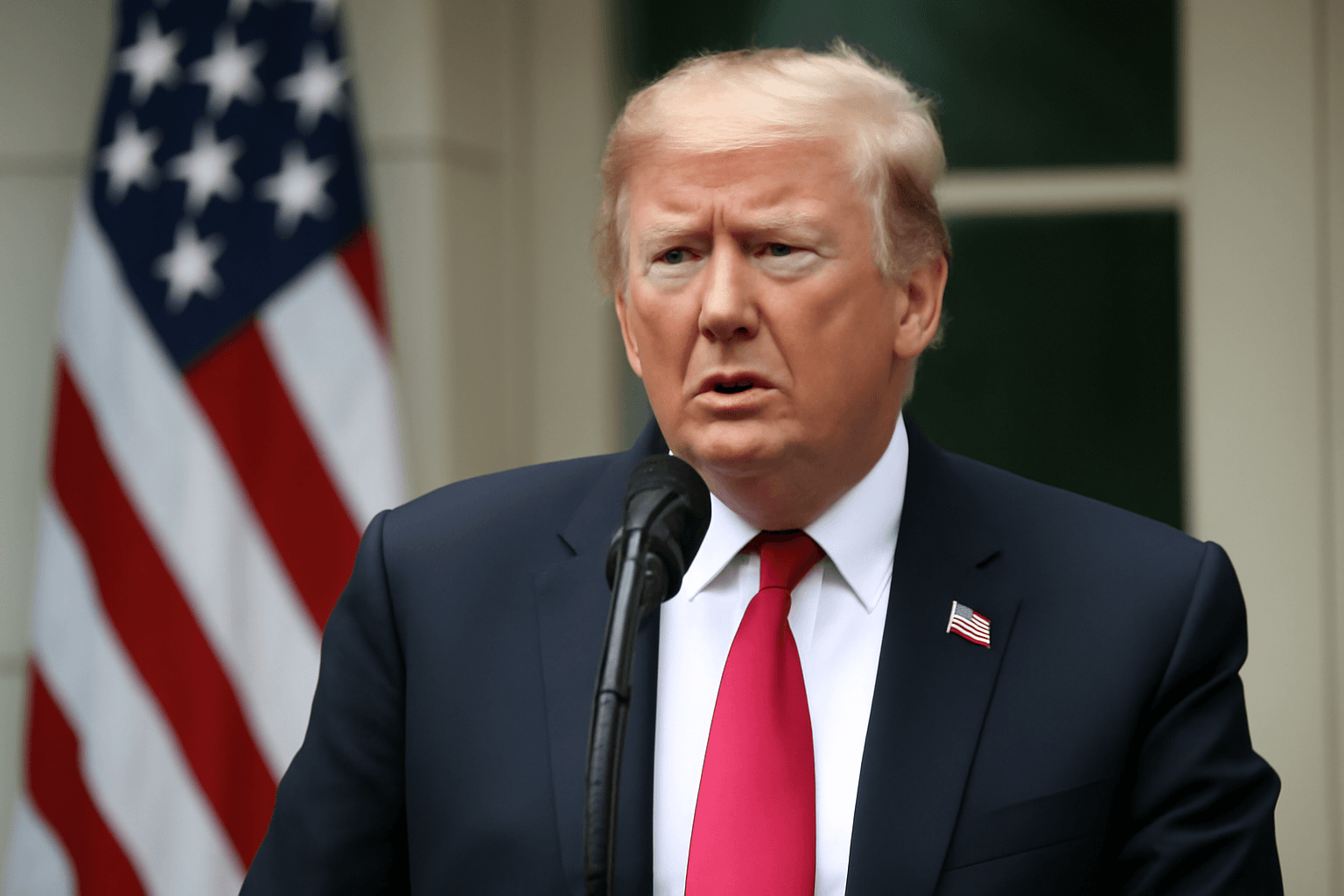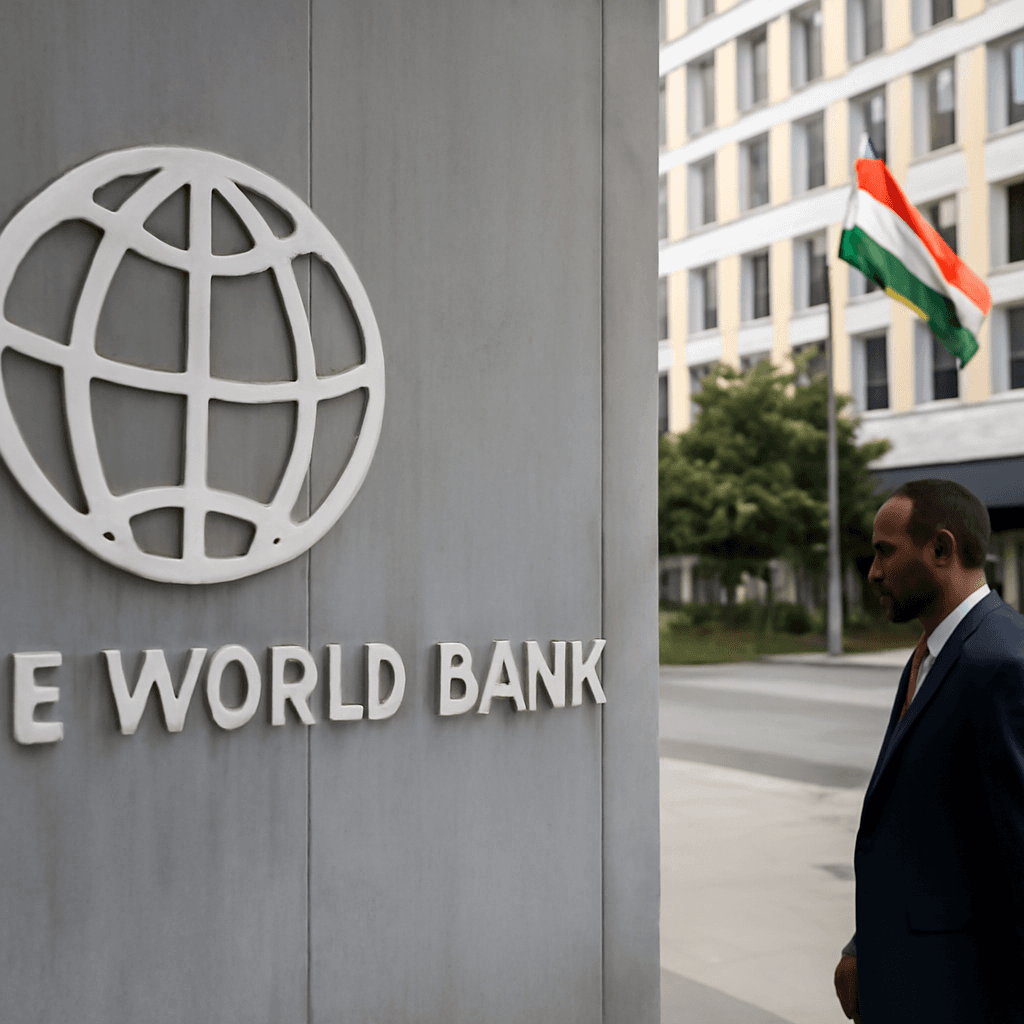Central Banks Boost Gold's Status as a Top Reserve Asset
In an impressive shift within global reserves, gold has overtaken the euro to become the world's second-largest reserve asset in 2024, trailing only behind the U.S. dollar. This milestone reflects both the relentless appetite of central banks for gold and the precious metal's soaring market value.
Gold's Rise Amid Soaring Prices and Growing Demand
Recent data reveals that central bank gold holdings are approaching levels not seen since the 1960s. Coupled with a sharp increase in gold prices, this has propelled gold to account for 19% of global official reserves this year, compared with just 16% for the euro. Meanwhile, the U.S. dollar still dominates, comprising 47% of reserves.
Central banks traditionally accumulate liquid assets—like foreign currencies and gold—to hedge against inflation and diversify their portfolios. Gold, in particular, is prized for its ability to preserve value through turbulent times and geopolitical uncertainty. Today, central banks represent more than 20% of global gold demand, doubling their share from about 10% during the previous decade.
Emerging Economies Embrace Gold Amid Global Uncertainties
The growing political tensions and concerns over sanctions have made gold especially attractive to emerging and developing countries. These nations seek refuge amid fears that major currencies may lose their clout in the international monetary system, amplifying gold’s appeal as a stable reserve asset.
Market Dynamics: From Rally to Recent Volatility
Gold’s recent meteoric rise began in earnest following Russia’s full-scale invasion of Ukraine in early 2022, which, alongside rising inflation and interest rate expectations, spurred investors to flock toward traditional safe havens. This surge sent gold to new record highs, although the momentum has slowed amid fluctuating global trade policies and market jitters.
Leading the charge in gold buying have been countries like China, India, and Turkey. Their continued demand reinforces gold's standing as a coveted asset in uncertain times.
Will Central Bank Buying Continue?
Despite strong fundamentals, signs suggest that central bank gold purchases may decelerate. Analysts note these institutions have driven much of the recent rally but expect future buying to be more measured.
One expert highlights that gold’s enduring qualities as a hedge against fiscal, inflationary, and geopolitical risks still make it an essential component of reserve portfolios. Furthermore, any doubts about the U.S. dollar’s safety could further boost gold and the euro as alternative storehouses of value.
However, data shows central bank gold acquisitions dropped by 33% quarter-over-quarter in early 2025, with Chinese purchases notably tapering. Still, given ongoing global economic uncertainty and efforts to diversify away from dollar reliance, central banks continue to add gold reserves—recently increasing holdings by about 30 tonnes.
Supply and Demand: The Impact on Gold Prices
The future trajectory of gold prices will hinge on how supply responds to demand. Historically, the gold market has adjusted elastically, with above-ground stock growth helping meet rising appetite.
This suggests that sustained official demand for gold could encourage further expansion of global gold supply, balancing price pressures over time.
Looking Ahead
As geopolitical and economic challenges persist, gold's role as a cornerstone of central bank reserves appears secure, even if the pace of accumulation slows slightly. Investors and policymakers alike view gold as a timeless protector against uncertainty, making it a vital asset in portfolios worldwide.

